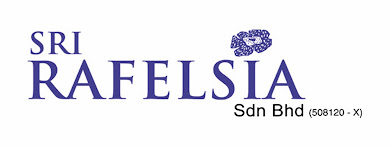The reason most phonics programmes fail to achieve the intended goal of producing fluent readers is because of the way it is used in Malaysia. Many phonics instructors use phonics incorrectly. The articulation and pronounciation of letter sounds and cluster sounds that are inaccurate is the root cause of failure to achieve reading fluency.
Another aspect known to few is that there are many types of phonic instructional methods. The diagram below provides the various types of phonics methods available. Each method is useful to certain learners. Different methods of teaching phonics and used to deal with ESL and say, literacy based learning problems such as dyslexia. The lack of thorough knowledge in phonics is what compounds learners' difficulties rather than helping them.

At both Sri Rafelsia we have the expertise to know when to teach a particular type of phonics. Obviously, our choice of method will vary from learner to learner so as to maximise learning outcomes. Most other phonics based reading programmes in the market in Malaysia only employ Synthetic phonics.





0 Comments